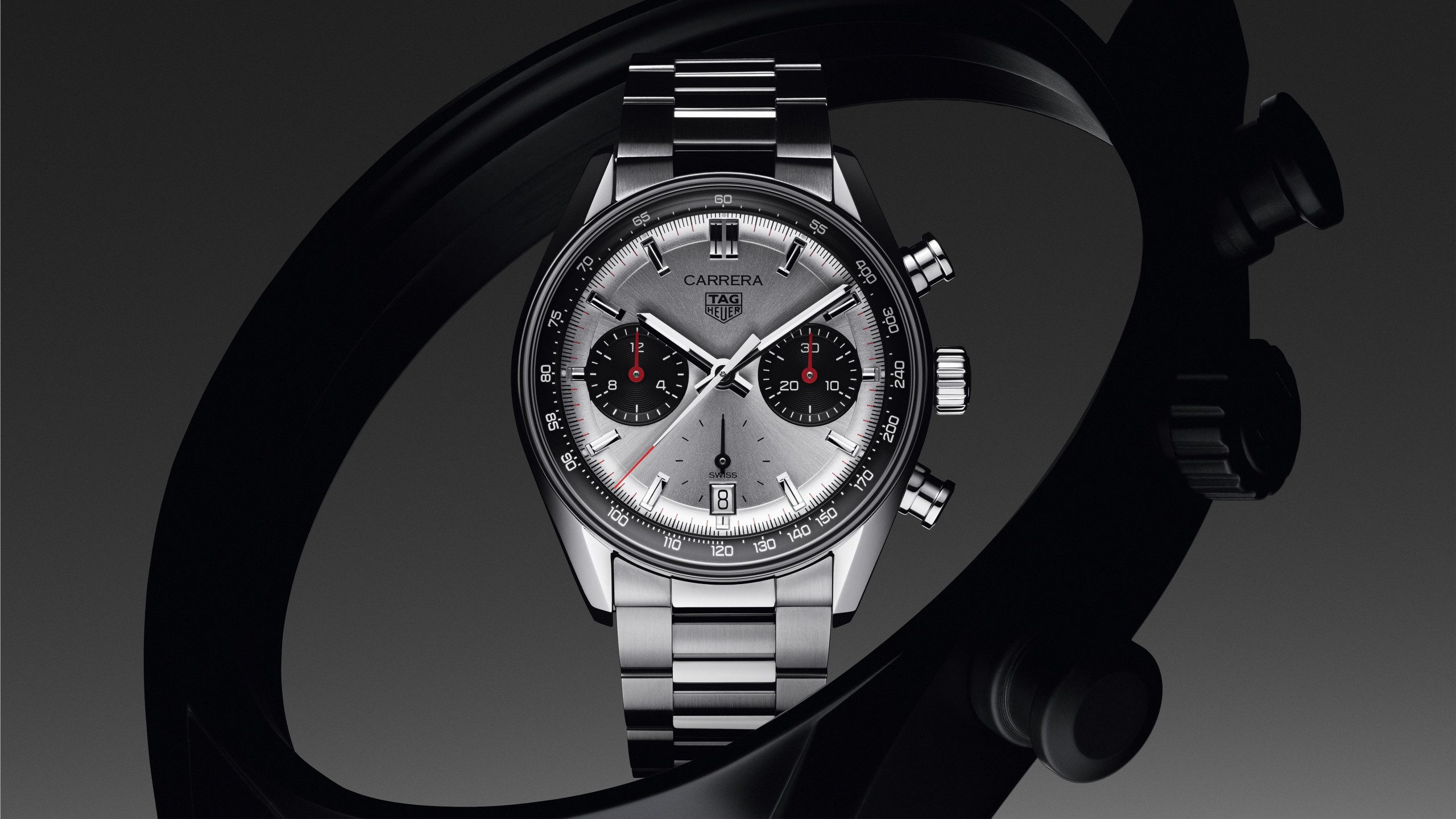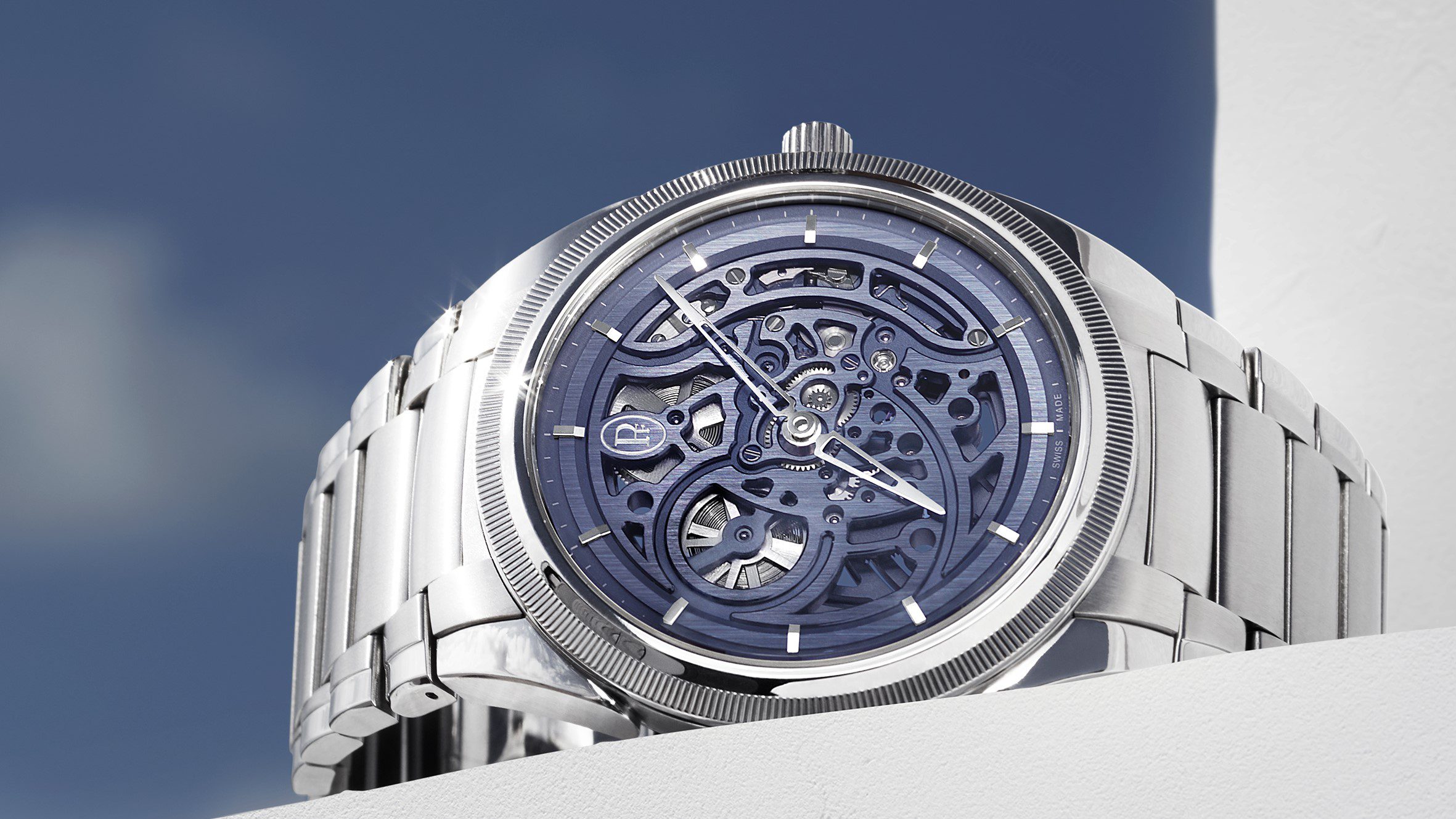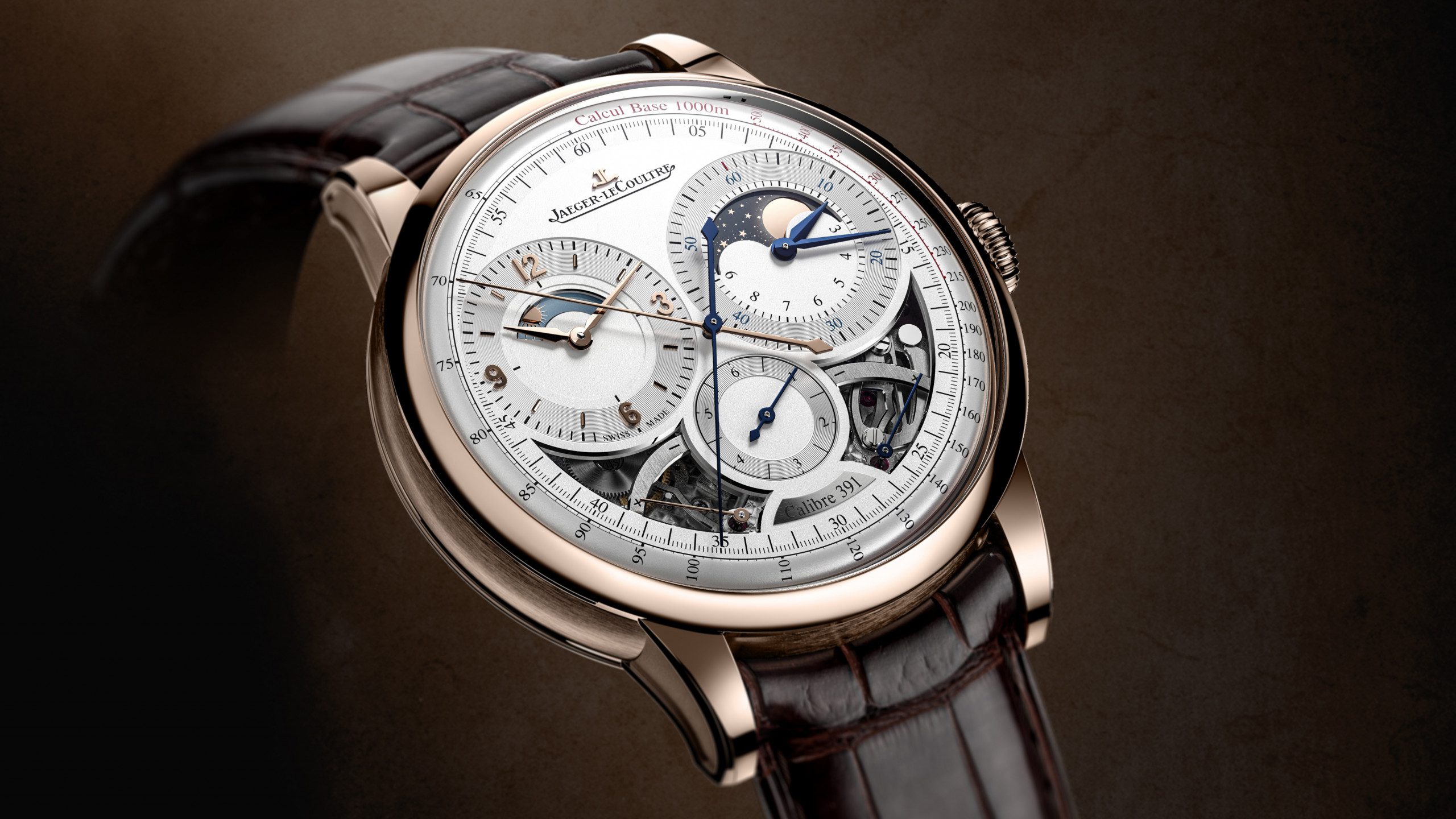What Daniel Roth’s Revival Means For LVMH, And The Watch Industry As A Whole
After a long hiatus, it's safe to say that the legendary master watchmaker is on the verge of making a comeback.
I’d like to start off by saying that I don’t really care much for the world of independent watchmaking. I know, I know. That sounds a little…what’s the word? Ah, yes – cold. It’s not because I don’t value what horological stalwarts such as Kari Voutilainen, or Laurent Ferrier, or Philippe Dufour are capable of. As a matter of fact, I really, really do, because they’re pretty damn good at what they do. I’m just not particularly fascinated by it because I’m one of those weird guys who’s absolutely smitten by the somewhat unnecessary, yet wonderful minutiae surrounding the Omega Speedmaster. Ask me to name a Speedmaster reference, and you can feel free to trust me when I can tell you I’ve pretty much memorised the entire list of all the manual wind movements present in the Speedmaster, or when the “DON” bezels were discontinued (jeez, I should seriously do a series where I share my passion for the beloved Moonwatch), or just basic Speedmaster references in general. Anyway, I’m digressing too much. The reason why I brought the Speedmaster up is simply because of the fact that while there are idiots of the internet like me who focus solely on Speedmasters, there are an esoteric class of nerds who focus exclusively on independent watchmakers. And if you’re one of those nerds reading this article who actively follows the independent scene, then you’ll probably know why it should be a big deal.
But hold on, Pranav. Didn’t you just tell me that you “don’t care” for the world of independent watchmaking? Yes, I did. But the reason why Daniel Roth’s revival is a big deal to me is simply because of one reason – you see, Daniel Roth was one among the series of independent watchmakers who practically started the craze for independent watchmaking. You know what that’s like? That’s like Butzi Porsche waking up from his grave (god knows how long he’s been dead for), running to the Porsche HQ in Stuttgart immediately after, forcing the door open at Porsche CEO Oliver Blume’s office, and screaming:
“I want to head the engineering team that builds the 911!”
……or whatever that sounds like in German. However, by virtue of time, that’s not going to happen, because the laws of the world dictate that such events are simply plain impossible. However, nobody’s said anything about the dead entity in question being a company instead of a human being, though. You see, the man, Daniel Roth, is still alive. His eponymous brand, however, was dead. And like a phoenix rising from the ashes, he’s going to make a comeback, with the help of Louis Vuitton. Yep, that Louis Vuitton.
So What’s The Deal With Independents, and Daniel Roth In Particular?
To the initiated, I don’t think I should tell you why Roth’s such a big deal. But here’s a brief rundown – there are two types of watchmakers. First, you have the large corporations (this is where your Rolexes, your TAGs, your Omegas, your Swatches, your Seikos, and other stuff falls in). And then you have independents – smaller, watchmaker-owned, watchmaker-funded brands that focus on creating artisanal timepieces that focus on things like chronometric precision, accuracy, movement finishing, and so many other components – a popular example in modern pop culture is Richard Mille, for instance. While this distinction between “corporation” and “independents” is somewhat of a grey area, you’d be surprised to know that a lot of famous brands today once started off as less than a 10-man-show independent – look at Roger Dubuis, for example. Or A. Lange & Söhne. These brands, while technically independents when they started, are now owned by corporations, such as Richemont and Kering. In fact, even Omega and Rolex were once independents at their infancy, but they have slowly evolved into becoming incredibly large corporations (with Omega now being under the ownership of The Swatch Group).
Back in the late 1980s to the early 2000s, a surge of independent watchmakers started to come up – Franck Muller, Vianney Halter, George Daniels, Denis Flageolet, Roger Dubuis, Kari Voutilainen, Philippe Dufour, and arguably the most influential of them all at the time – Daniel Roth. Hodinkee‘s Logan Baker has hit what seems to be a highly accurate description of how influential Roth was in the independent space. After all, in his words, Roth was pretty much “your favourite watchmaker’s favourite watchmaker”. Aside from starting his own eponymous brand sometime around the 1990s, Roth was also working on some of Breguet’s most complicated pieces, and if you’ll see mid-90s Breguet tourbillons, you’ll not only be able to see Roth’s impact on the watch’s dial and movement through the highly elaborate guilloché and hand-finishing, you’ll be able to see his name engraved on the back of the watch itself. Unfortunately, Roth had to sell his brand to Bulgari for financial reasons, and since then, the “Daniel Roth” trademark had somewhat become Bulgari’s high-performance watchmaking skunkworks department – akin to what AMG is to Mercedes today. While Roth had produced some highly exceptional timepieces in collaboration with Breguet, and later Bulgari, his work was largely unnoticed for a long time. You see, the thing with independent watchmakers is that if you don’t understand who the man is, then you definitely won’t understand the watch.
And Roth wasn’t exactly what you’d call highly understood. Yes, he had some die-hard fans who swore by him, but his relatively unorthodox case shape and design language was more in tune with the 1970s than today. Add the low volume of production, and as beautiful as Roth’s watches were, not many people knew about them, nor did they want to know about them. And those who knew about them were an incredibly tightly-knit circle of collectors who pretty much had the intention of keeping this horological secret until their last breath.
Roth unfortunately had to take his final bow, not only owing to the poor sales of the Bulgari Daniel Roth collaborations, but his third attempt at building a brand, Jean-Daniel Nicolas, didn’t do well either. And with that, the curtains closed on Roth’s legacy as he bid adieu to the realm of horology – or so we thought.
Until The Pandemic Hit.
2020 was a reflective year for everyone – watch collectors included. Those who were uninitiated began to initiate themselves into a scale that they couldn’t imagine before, and those who were already initiated just got deeper. From a watch market/auctions point of view, a lot of hidden gems were revealed among collectors – and arguably one of those hidden gems that had picked up at a scale larger than ever was none other than Daniel Roth. And just like that, prices skyrocketed, as Roth’s elusive pieces starting from simple three-handers, to various chronographs, tourbillons, and even a jumping-hour were now highly coveted by a new breed of collectors who were not only more aware of what they were buying, but who they were buying into. It was the year in which many independent watchmakers were able to gain huge amounts of traction on social media, and while it was a difficult year for the mainstream part of the industry as values were starting to plummet (Ahem, *Rolex market crash*), the independents were, for the lack of a better word, flourishing.
And if you didn’t go independent, you’d get something that can face the heavyweights of independent watchmaking – think Breguet, Jaeger-LeCoultre, A. Lange & Söhne, Vacheron Constantin, and so on. The past couple of years have seen a huge revival of so many great brands with incredibly high potential, like Airain and Nivada Grenchen, to name a few. And even the seemingly “boring” Blancpain, Longines, and Tissot catalogues started to fill themselves up with some incredibly fun vintage re-issues.
If one were to assess LVMH’s watch subsidiaries, there are four main players to assess – Hublot, Zenith, and TAGHeuer, and Bulgari. Zenith had entered an on-again-off-again partnership with Kari Voutilainen to restore some of the watches that were sold in their chronometry trials. Unfortunately, however, TAG and Hublot don’t exactly possess a design ethos that would allow them to conveniently flex their watchmaking muscles. Yes, TAG has the cheapest Swiss-made tourbillon, the 01, but that’s just “meh”. Don’t get me wrong, I’m not hating on TAG (I’m a huge sucker for their racing chronograph reissues, by the way), it’s just that their consumer base, product finishing, and price bracket isn’t exactly what one can call “haute-horologerie”. Hublot also dabbles in ultra-complicated watchmaking from time to time, but they’re either too rare or too kitschy for collectors to appreciate and wear. In other words, it’s too modern.
So let me sum this up for you, my friend – TAG and Hublot have the cash, but not necessarily a consumer base, and Zenith is somewhat capitalizing on their vintage laurels, yet to release a modern high-horology timepiece that can fight alongside the likes of Breguet. They have the watchmakers and the expertise to do so, but I doubt they ever will. They can if they want to, though.
Which brings me to Bulgari.
Now, Bulgari does dabble in high-horology dogfights pretty often. They hold some serious records for some of the thinnest watches ever made, but at the same time, they’re pretty much unobtainable. And you can’t really wear them either, because they’re a bit too fragile. Yes, Bulgari’s flexing all of their muscles, no doubt about that. But there’s something about Bulgari that doesn’t click with a lot of consumers these days. Having said all this, however, they do have a huge ace up their sleeve.
The ace? The rights to the Daniel Roth brand name.
So, What Now?
With independent watchmaking at its highest demand, fans of Roth and independent watchmaking will not be surprised to see a return of the legend. In collaboration with Louis Vutton’s “Fabrique Du Temps”, Roth will once again have full creative control over his watches, as his brand will be a standalone brand, albeit as a subsidiary of LVMH. I strongly believe that Daniel Roth will have a very strong future in the watchmaking industry, and will definitely offer LVMH a stronger hold when it comes to the market for high-horology pieces. Personally, I’m incredibly excited to see how this goes, as more and more collectors are becoming slowly aware of Roth’s work, and I am truly looking forward to see Roth attain heights that he probably should have deserved to attain earlier.
But as the old saying goes:
“Better late than never!”
Recommend0 recommendationsPublished in News, Watches

